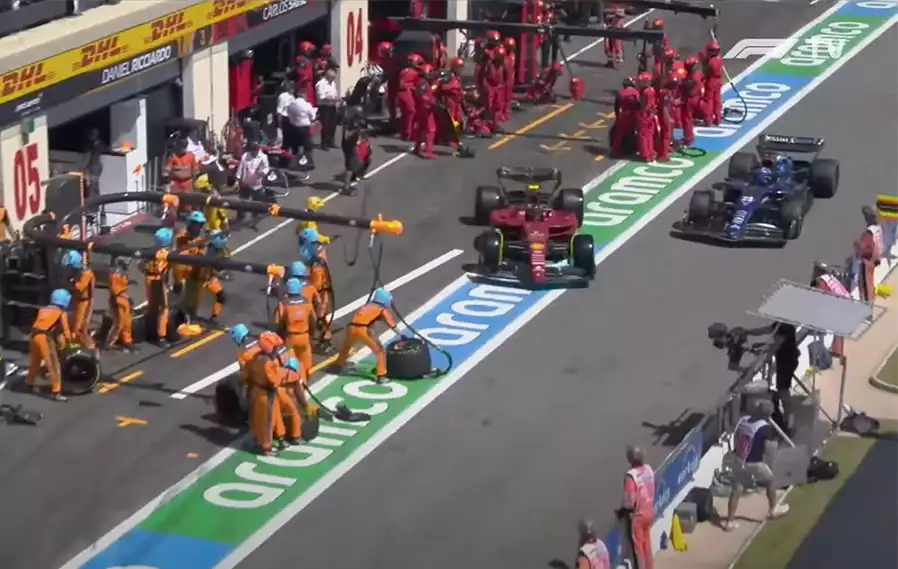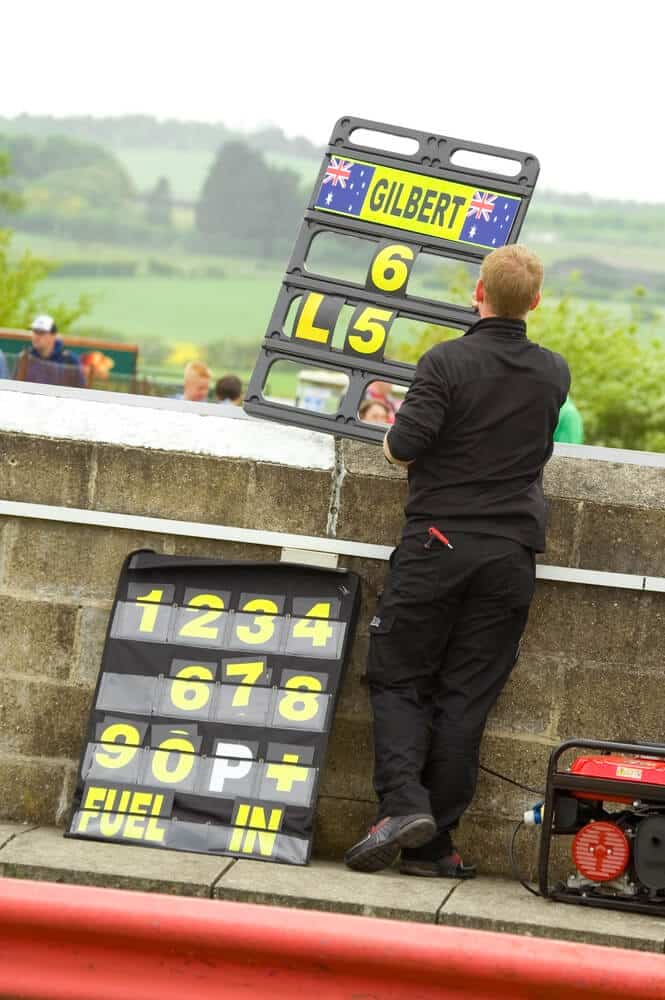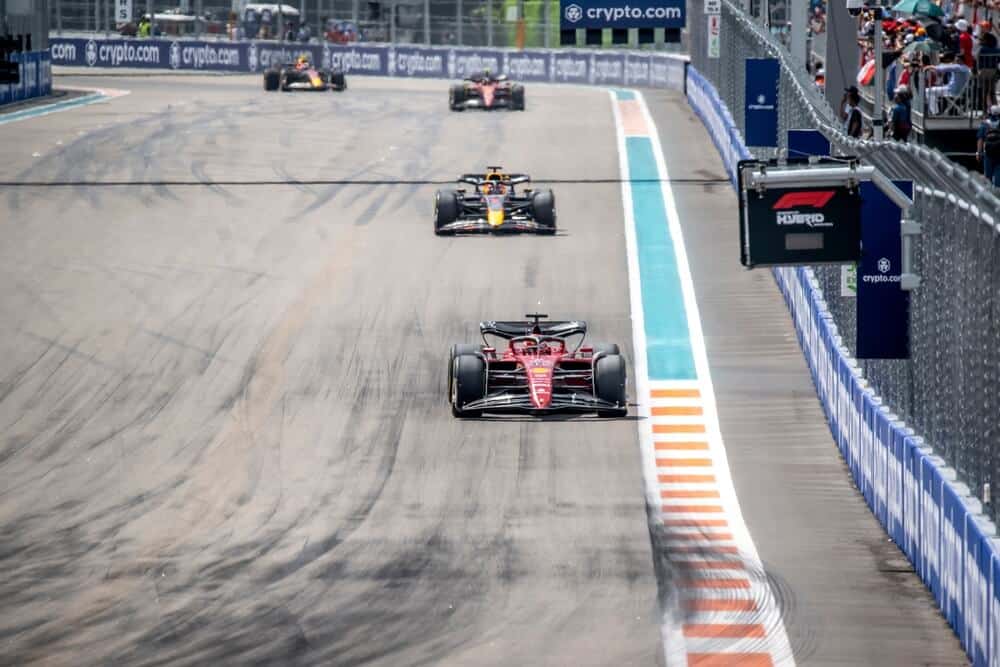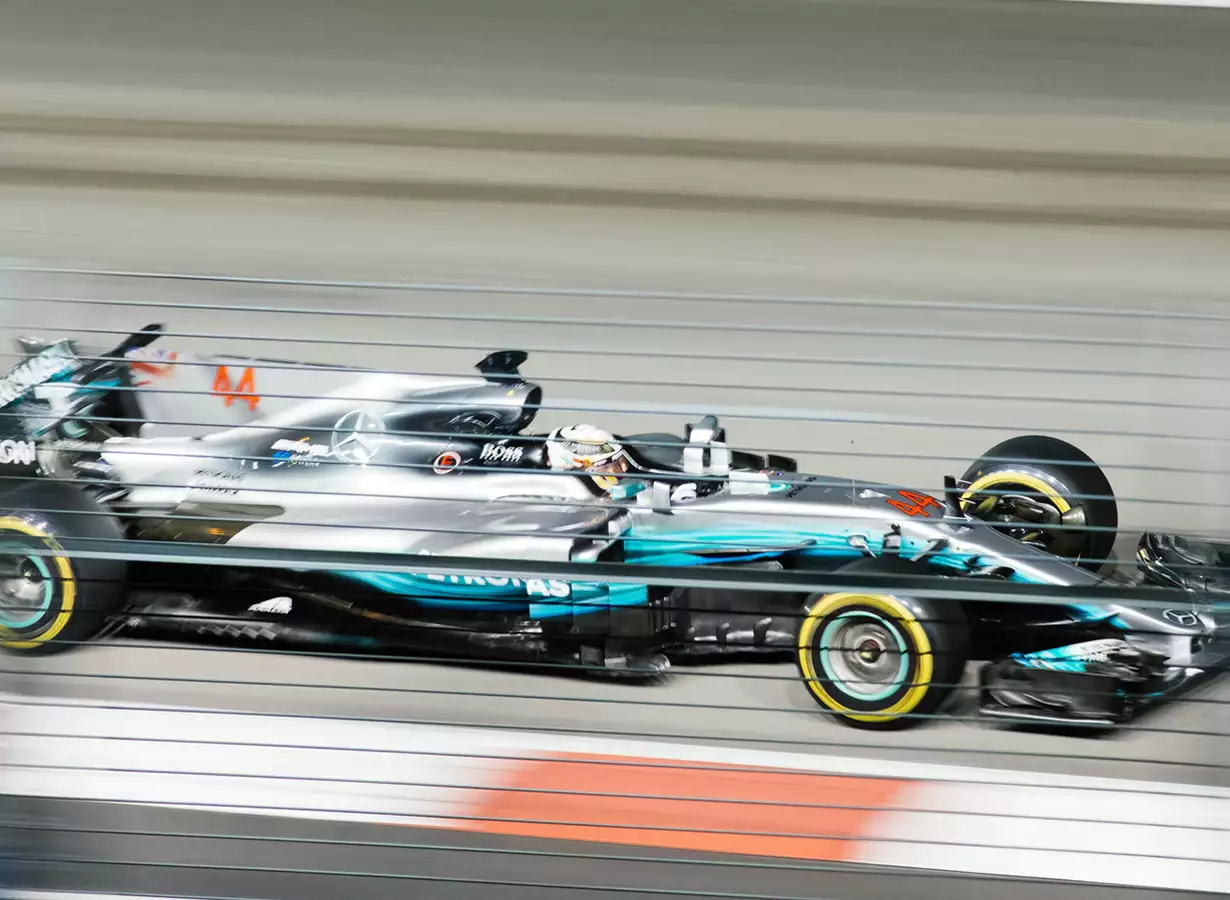In Formula 1, risks and accidents can also occur outside the track itself. When the drivers enter the pit, many different things can go wrong and some of these can lead to serious accidents.
A talked about thing is to make an unsafe release, which means that you put both yourself, the team and others around you in direct danger.
In this blog post, we will explore what an unsafe release is and explain why it is such a dangerous maneuver in Formula 1.
We will also go into what penalty you get for making an unsafe release in an F1 race.
So strap yourself in and get ready for a high-octane ride!
Table of Contents
Watch this video to see Mercedes-AMG Petronas Formula 1 team explain unsafe releases..
What is an unsafe release in F1?
An unsafe release is when a car leaves the pit lane while another car is still approaching. This can happen for a number of reasons, but the most common cause is miscommunication between the driver and the pit crew.
Pit stops are incredibly important in Formula 1 as they are often the deciding factor in who wins the race. Drivers will push themselves to the limit in order to get the best possible result, which means that they need to be able to rely on their pit crew to perform flawlessly.
The danger comes when a driver is released from the pit lane before it is safe for them to do so. If another car is approaching at high speed, there is a very real risk of a serious collision. This can not only cause damage to the cars involved, but also put the drivers and pit crew at risk of injury.
Key takeaways
Here are the key aspects that you should know about “Unsafe release” in Formula 1:
- Unsafe release is when a car leaves the pit lane while another car is still approaching.
- It is usually caused by miscommunication between the driver and the pit crew.
- The danger of unsafe release is that it can lead to serious collisions.
- Unsafe release is a dangerous maneuver in Formula 1 and can put the drivers and pit crew at risk of injury.
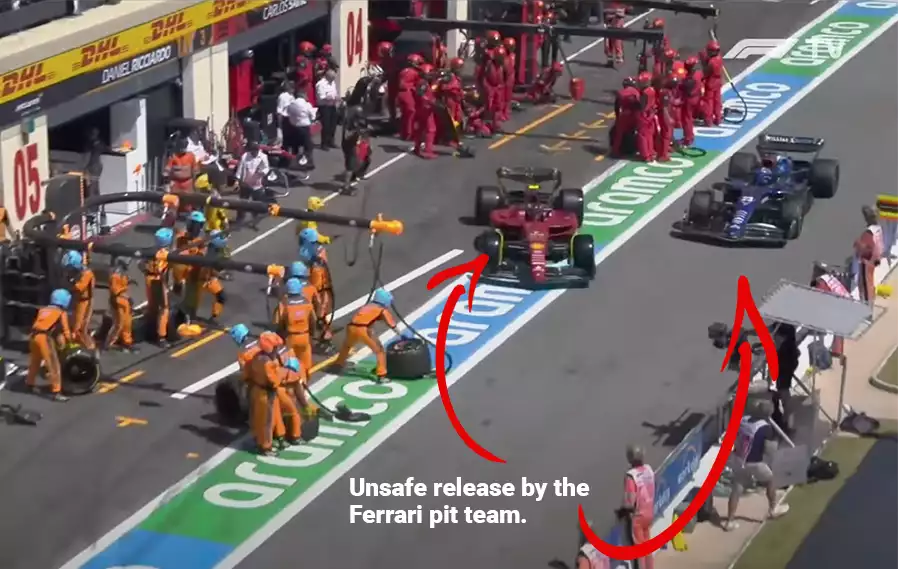
Understanding unsafe releases
Now that we have looked at what an unsafe release is, let’s take a closer look at how it can happen.
How can it occur?
As we’ve already mentioned, the most common cause of unsafe release is miscommunication between the driver and the pit crew.
This can happen for a number of reasons, but it usually comes down to the fact that both parties are under a lot of pressure during a pit stop. The driver needs to focus on getting in and out of the car as quickly as possible, while the pit crew need to make sure that everything is done correctly and efficiently.
It’s not uncommon for things to get mixed up in these circumstances, which can lead to the driver being released before it is safe for them to do so.
Another common cause of unsafe release is when the pit crew fails to properly attach one of the wheels. This can cause the car to become unstable and veer off course, which can put the driver and other cars at risk.
This is why it is prohibited
Unsafe release is prohibited in Formula 1 because it is a dangerous maneuver that can lead to serious accidents.
As we’ve seen, the danger comes when a car is released from the pit lane before it is safe for them to do so. If another car is approaching at high speed, there is a very real risk of a serious collision.
This can not only cause damage to the cars involved, but also put the drivers and pit crew at risk of injury. For these reasons, unsafe release is strictly prohibited in Formula 1 and any team that is found to be guilty of this offense will be heavily penalized.
As we've seen, the danger comes when a car is released from the pit lane before it is safe for them to do so. If another car is approaching at high speed, there is a very real risk of a serious collision.
Unsafe release penalty in F1
The penalty for unsafe release is usually a time penalty, which means that the offending team will have a certain amount of time added to their total race time. Sometimes the driver has to serve it during the next pit stop through a “stop and go”, but it also happens that the penalty time is added afterwards.
A time penalty can be enough to cost them the race, so it is a serious punishment.
In some cases, the penalty may be even more severe. If the unsafe release leads to a collision or an accident, the team may be disqualified from the race entirely. Although, it is a very rare incident.
Max Verstappen was penalized five seconds for a dangerous release on Valtteri Bottas at the 2019 Monaco Grand Prix. Red Bull was successful in getting the Dutchman out ahead of Bottas, who was driven against the pit-wall and suffered a puncture as a result.
Frequently asked questions about unsafe releases
What counts as an unsafe release in F1?
What is the penalty for an unsafe release in F1?
Who decides if it is an unsafe release in F1?
Conclusion
So, that’s everything you need to know about unsafe releases in Formula 1. It’s a dangerous maneuver that can lead to serious accidents, so it is strictly prohibited.
If a team is found to be guilty of this offense, they will be penalized with a time penalty or even disqualification from the race.
So, next time you’re watching a Formula 1 race, be sure to keep an eye out for any unsafe releases!
Learn more about Formula One
Want to learn more about F1? Then visit our Formula 1 glossary and dictionary.

